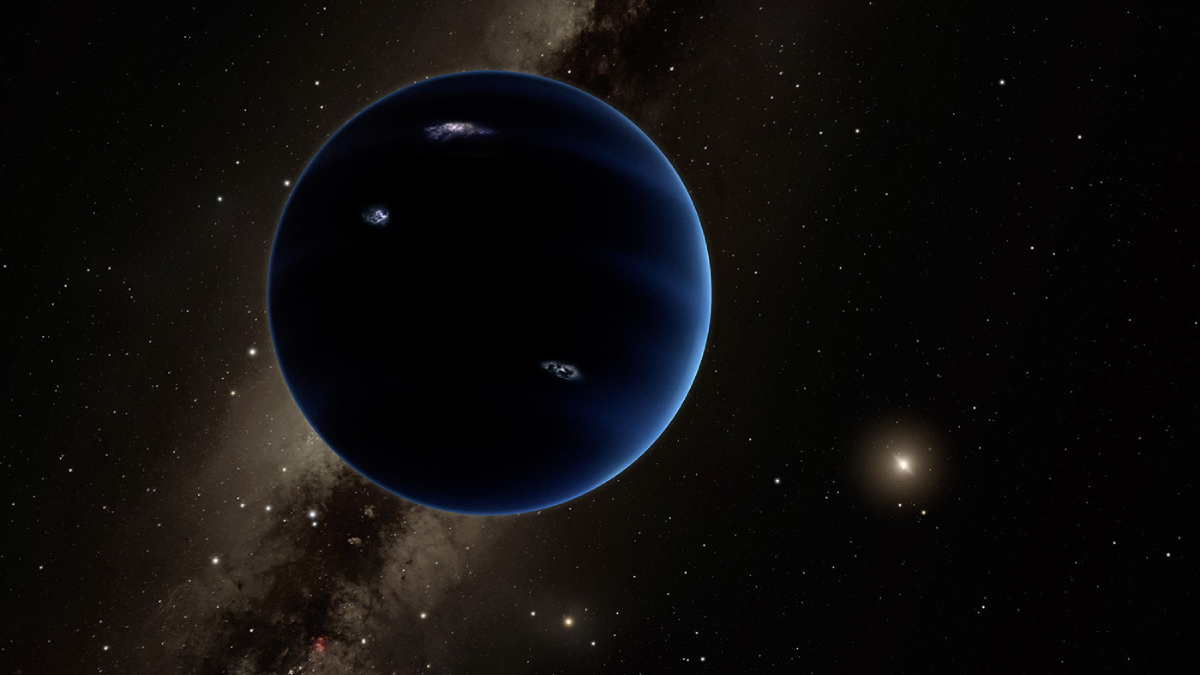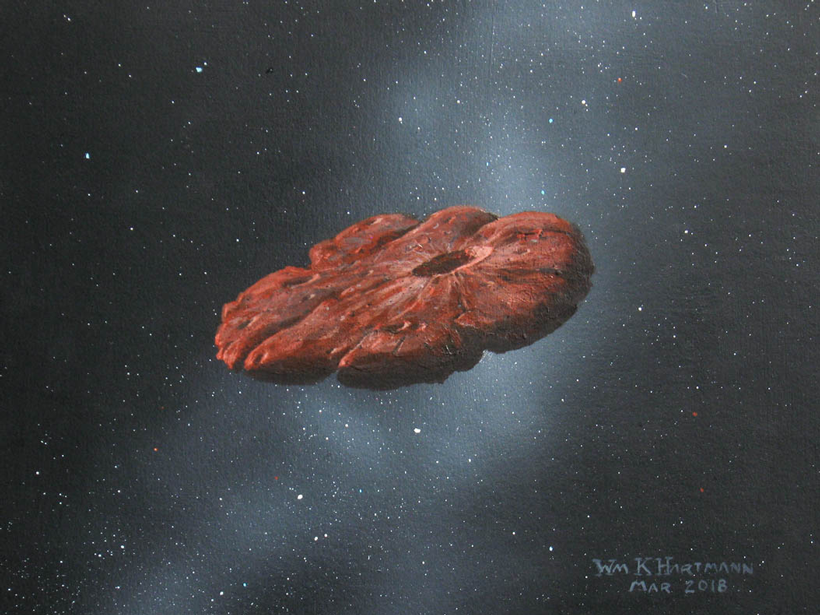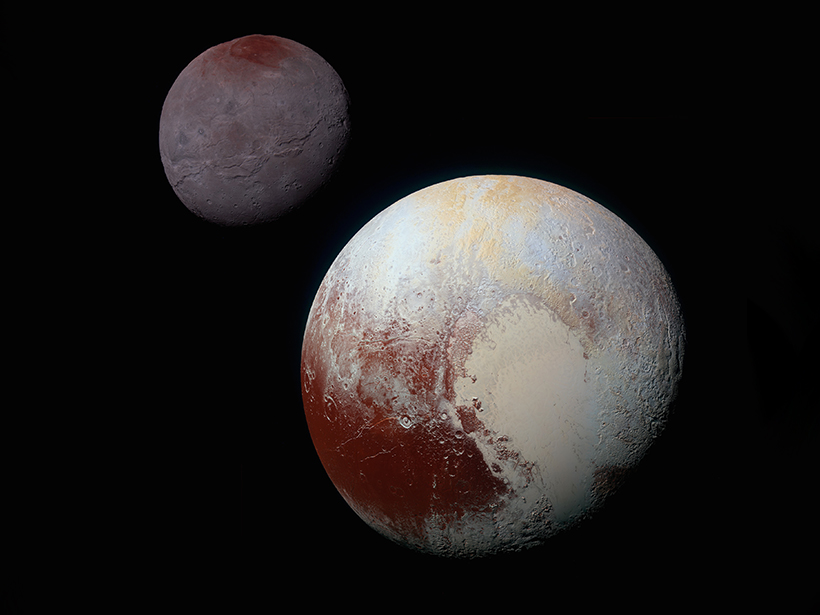Narrowing down the search is essential for gaining time on a high-powered telescope that could spot the hypothesized planet directly.
Kuiper Belt
Quaoar’s Ring Defies Gravity
The dwarf planet’s ring makes astronomers question whether a long-held theory about ring and moon formation needs tweaking.
A Glimpse at Planet Formation at the Dawn of the Solar System
The low density of Kuiper Belt Object Arrokoth sheds light on the formation of planetesimals in the early solar system.
‘Oumuamua May Be an Icy Fragment of a Pluto-Like Exoplanet
Researchers favor nitrogen ice as the most likely material for the mysterious interstellar object’s composition.
Meet Hygiea, the Smallest Dwarf Planet in Our Solar System
New observations confirm that main asteroid belt object Hygiea is round. It now fulfills all the requirements to graduate from asteroid to dwarf planet.
Pluto’s and Charon’s Craters Reveal a Solar System Deficit
The New Horizons spacecraft recorded images of craters that imply an unexpected dearth of small objects in the Kuiper Belt.
New Horizons Sends First Looks of 2014 MU69
Explore 10 things scientists have already learned about the most distant object visited by a spacecraft from Earth.
New Horizons Spacecraft to Reach Farthest Body in Solar System Yet
The flyby of Ultima Thule on New Year’s Day will give us our first glimpse of a mysterious Kuiper Belt object.
New Book Conveys Details and Flavor of First Mission to Pluto
New Horizons principal investigator tells Eos that the mission has revolutionized our understanding of small planets.










